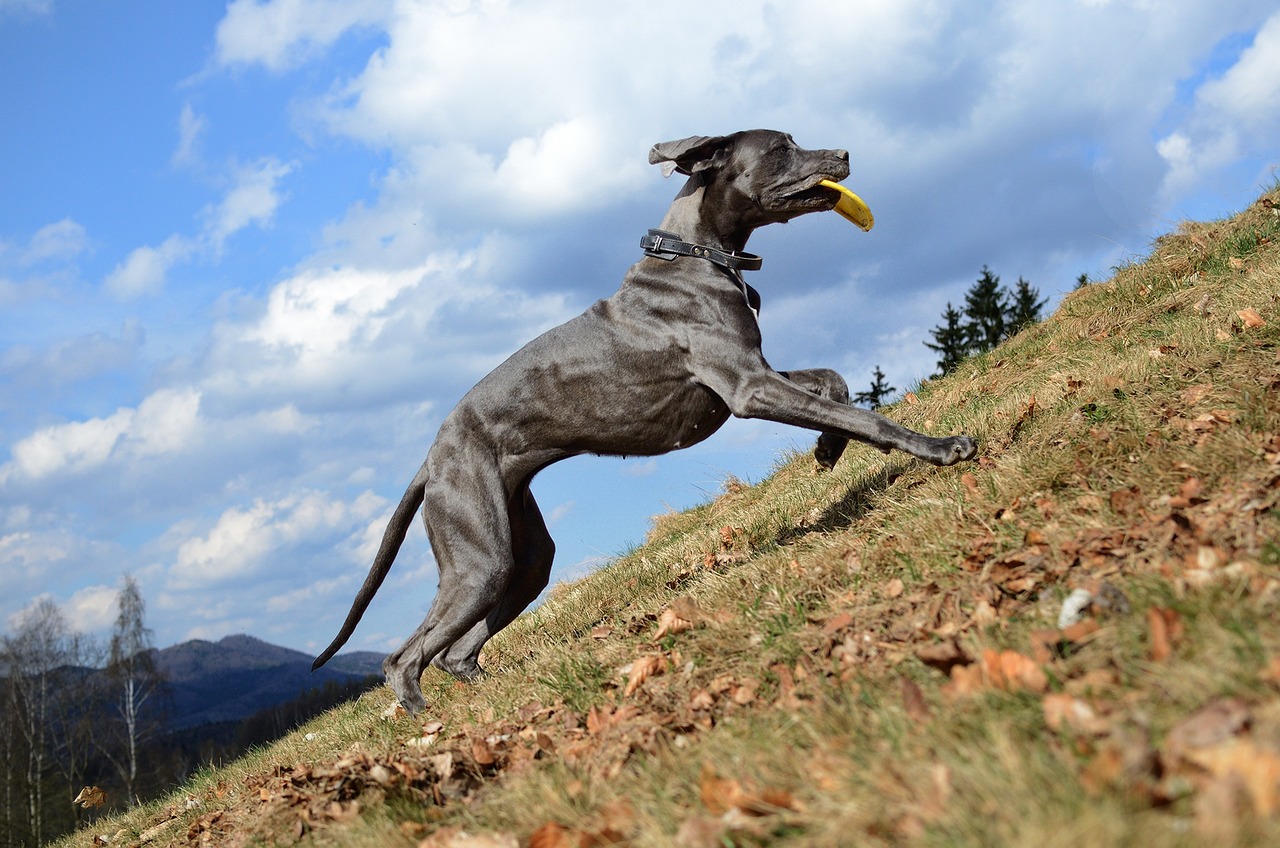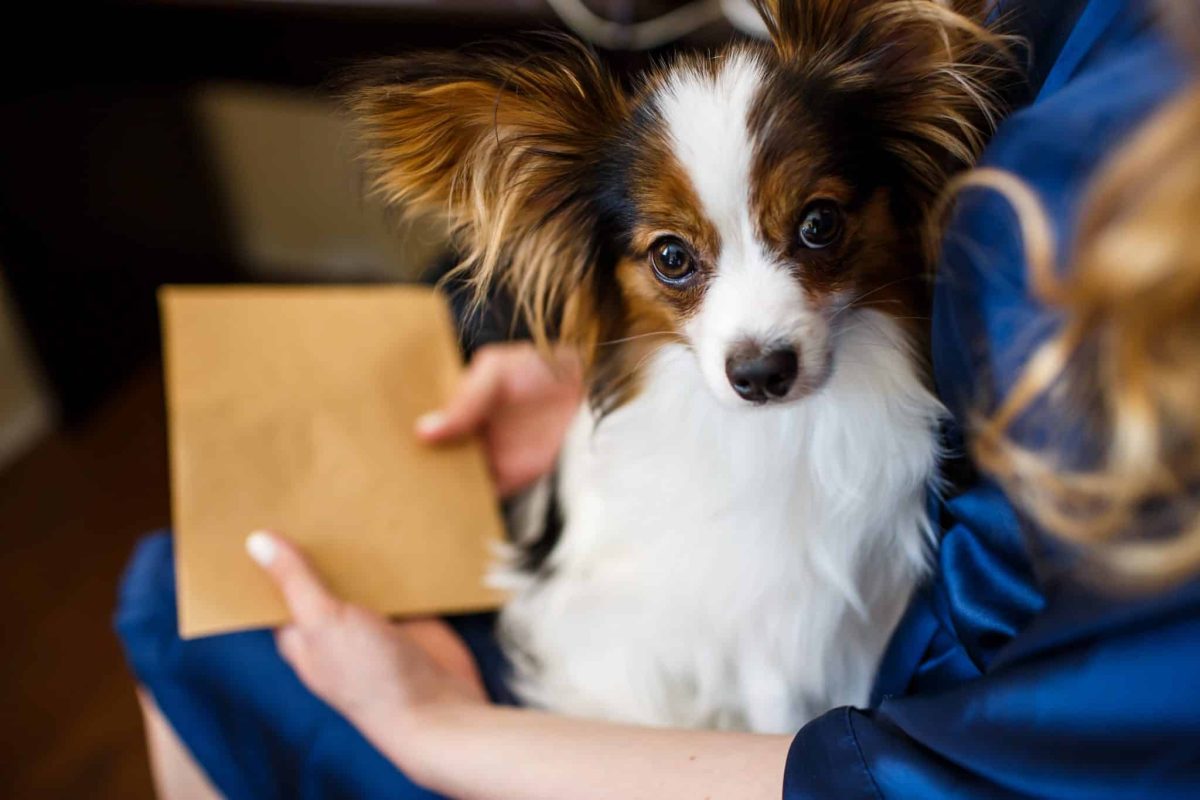Superworms are a fantastic feeder insect for bearded dragons, packed with protein, healthy fats, and fiber. They’re easy to store, readily available, and a favorite among reptiles. Ensuring a steady supply of fresh, gut-loaded superworms helps keep your bearded dragon healthy and well-nourished.
A varied and nutritious diet is essential for bearded dragons, and superworms provide a great protein source. Breeding them at home ensures freshness, quality, and a reliable supply, making the feeding process more sustainable and rewarding.
If you’re looking for a cost-effective way to keep your dragon well-fed, breeding superworms at home is a great option. However, if you prefer a quicker solution, buying superworms for sale online is an easy and reliable way to get fresh feeders whenever needed.
Here, we’ll walk you through everything you need to know to successfully breed superworms and provide your bearded dragon with nutritious, home-raised feeders!
Why Breed Superworms for Your Bearded Dragon?
Before we jump into the breeding process, here’s why many reptile owners choose to raise their own superworms instead of buying them regularly.
Cost-Effective
- Buying feeder insects every week adds up quickly.
- Breeding at home saves money in the long run.
Reliable Feeder Supply
- No need to worry about running out or waiting for shipments.
- You’ll always have fresh, live superworms when your bearded dragon needs them.
Better Nutrition Control
- You can gut-load your own worms with high-quality food before feeding them.
- Store-bought superworms may lack proper nutrition if not gut-loaded properly.
Longer Shelf Life Than Mealworms
- Unlike mealworms, superworms do not pupate easily, making them last longer as larvae before turning into beetles.
Step 1: Setting Up the Right Breeding Environment
Superworms need specific conditions to breed successfully. Here’s what you’ll need to create the perfect setup:
Choosing the Right Container
✔ Use a plastic storage bin (18-24 inches long, 6 inches deep).
✔ Ensure smooth sides so superworms can’t climb out.
✔ Drill small air holes in the lid for ventilation.
Optimal Temperature & Humidity
✔ Temperature: Keep between 75°F – 85°F (24°C – 29°C).
✔ Humidity: Maintain low humidity (under 50%) to prevent mold.
✔ Avoid direct sunlight—store in a warm, dark place.
Bedding & Substrate
✔ Use oat bran, wheat bran, or cornmeal as bedding.
✔ The substrate should be at least 2-3 inches deep to allow burrowing.
✔ Replace bedding every few weeks to maintain freshness.
Step 2: Feeding Your Superworm Colony
Superworms are voracious eaters and need a nutritious diet to grow strong and healthy.
Best Foods for Superworms
✔ Vegetables: Carrots, potatoes, sweet potatoes, leafy greens.
✔ Grain-based foods: Oat bran, wheat bran, whole-grain bread.
✔ High-protein sources: Dry dog food, fish flakes (optional).
Foods to Avoid
- Fruits (cause excess moisture & mold).
- Sugary foods (can lead to bacterial growth).
- Damp or moldy foods (can harm your worms).
Tip: Feed small amounts twice a week and remove leftovers to prevent mold.
Step 3: Separating Superworms for Breeding
Unlike mealworms, superworms won’t pupate if housed together. To start the breeding process, you need to separate individual worms.
How to Induce Pupation
✔ Place large mature superworms (about 2 inches long) in separate compartments (film canisters, pill bottles, or small plastic cups).
✔ Keep at 70-75°F with low humidity.
✔ Within 1-2 weeks, the worms will curl into a C-shape and begin pupating.
Tip: If superworms don’t pupate, reduce light exposure and increase warmth slightly.
Step 4: Caring for the Pupa Stage
Pupae need a safe, undisturbed space to develop into beetles.
✔ Transfer pupae to a separate container lined with dry bedding.
✔ Keep them at 75-80°F for optimal transformation.
✔ Within 10-14 days, beetles will emerge.
Tip: Darkling beetles (the adult form of superworms) don’t bite or fly, so they’re easy to manage.
Step 5: Encouraging Beetles to Lay Eggs
Once the beetles emerge, it’s time to set up a breeding enclosure for egg-laying.
✔ Place beetles in a large, ventilated container with bran bedding.
✔ Feed them fresh vegetables & grains to promote healthy egg production.
✔ Within 2-4 weeks, beetles will start laying eggs in the bedding.
Tip: Remove adult beetles every few weeks to prevent them from eating the eggs.
Step 6: Hatching & Raising Baby Superworms
✔ Eggs will hatch within 7-14 days.
✔ Newly hatched worms will burrow into the bedding—let them grow undisturbed.
✔ Provide regular food & fresh bedding for steady growth.
Tip: Young superworms take 8-12 weeks to reach full size before being fed to bearded dragons.
Step 7: Harvesting & Storing Superworms for Feeding
Once your superworms have grown to about 2 inches long, they are ready to be fed to your bearded dragon!
✔ Store extra superworms in a cool, dry place (not refrigerated).
✔ Gut-load worms 24-48 hours before feeding for maximum nutrition.
✔ Dust with calcium powder before feeding to prevent nutritional deficiencies.
Tip: Keep a rotating breeding cycle so you always have new worms growing.
Conclusion
Breeding superworms for your bearded dragon is a simple, cost-effective, and rewarding way to ensure a consistent supply of high-quality feeder insects.
By following the right steps—setting up the perfect environment, feeding them a nutritious diet, and managing their life cycle—you can produce a steady batch of healthy superworms.
This means better nutrition, fresher feeders, and more control over your reptile’s diet. With proper care, your home-bred superworms will help keep your bearded dragon happy, active, and thriving.
Start breeding today and enjoy the benefits of a sustainable, self-sufficient feeder insect colony!



















 English (US) ·
English (US) ·